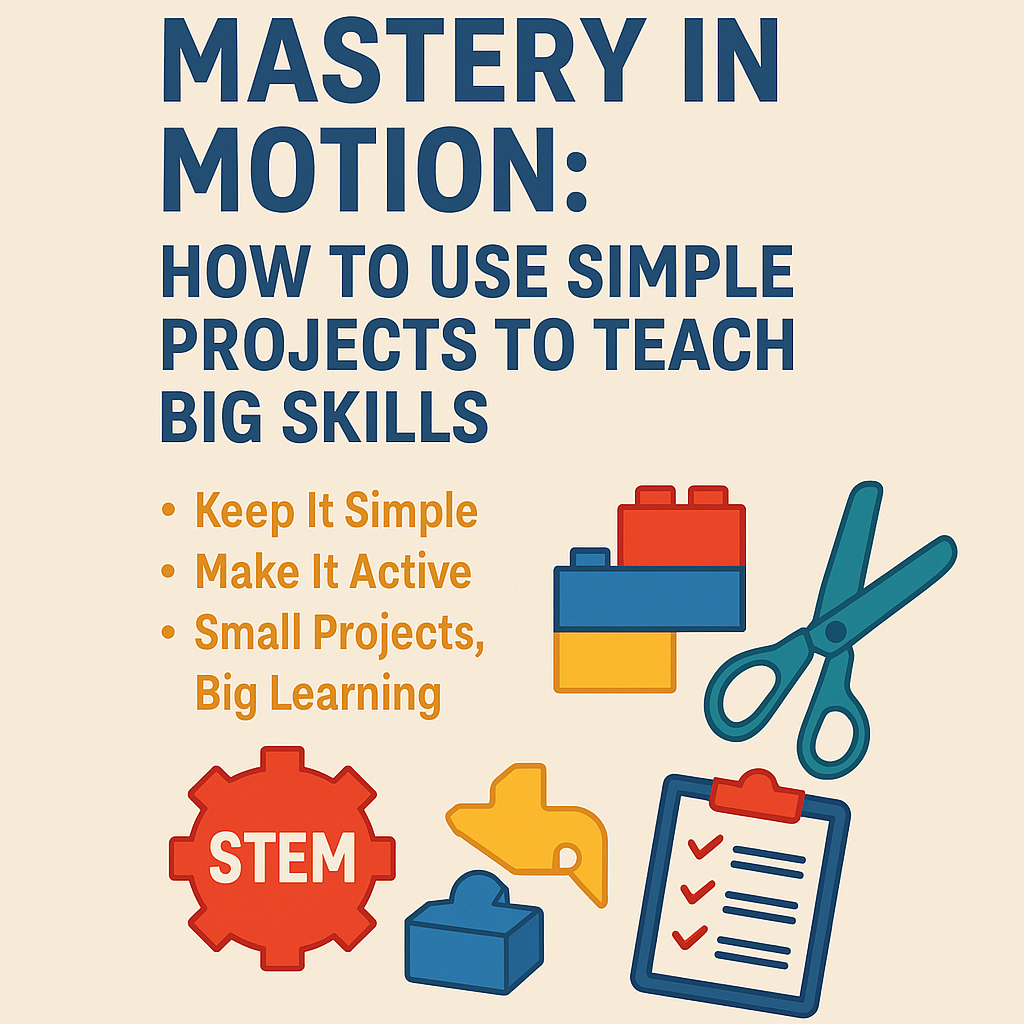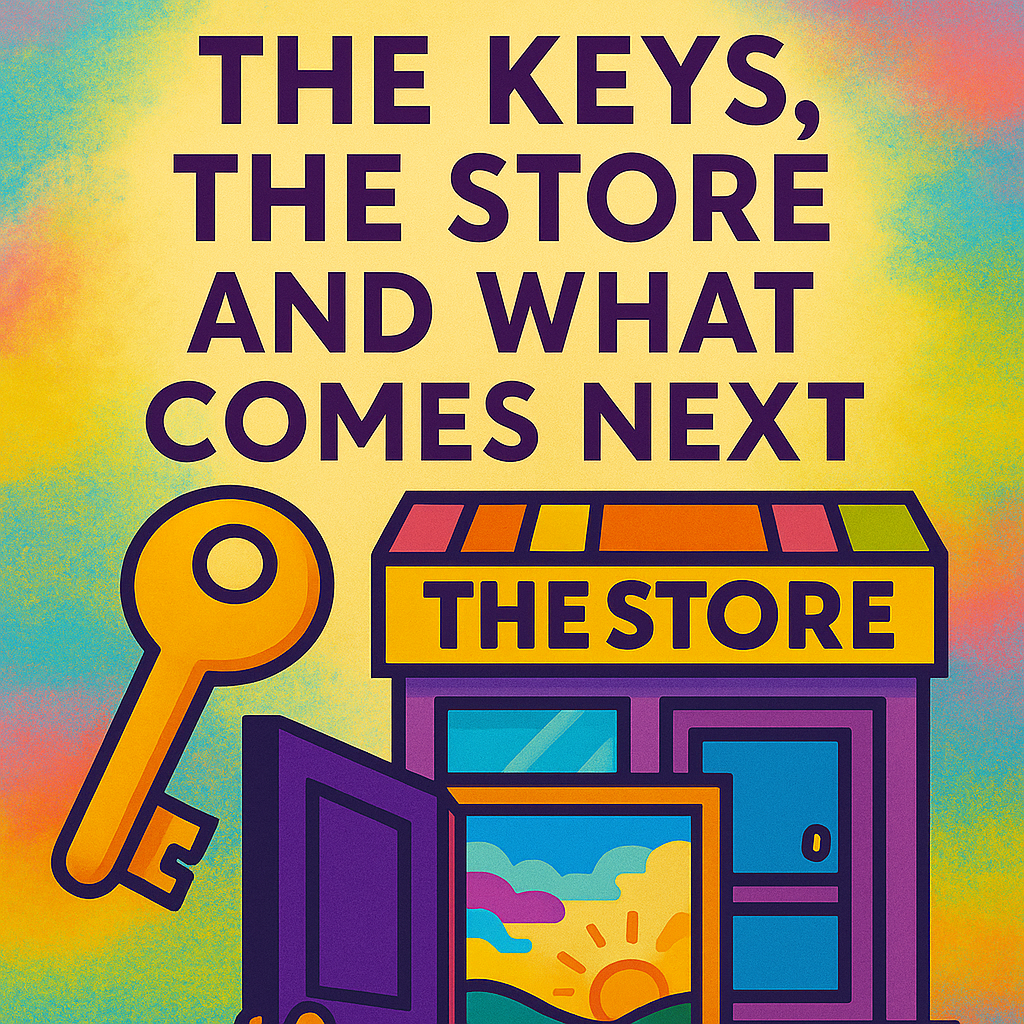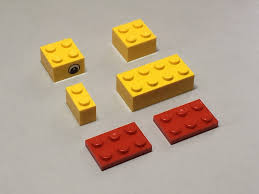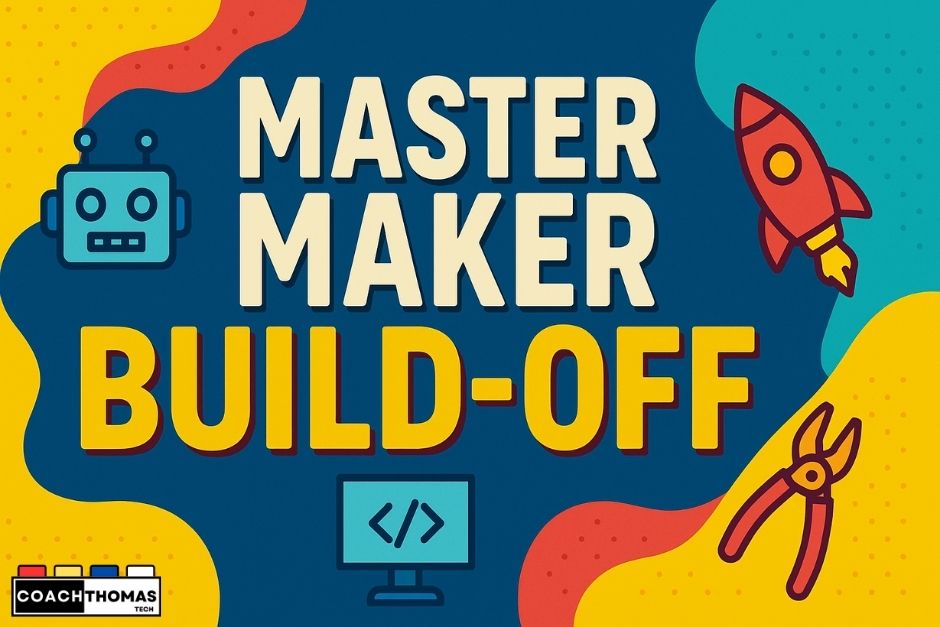Last week, we talked about ditching the grades and shifting our focus to real learning. If we are going to do this effectively, we need to create learning opportunities where the students can showcase their learning by doing, rather than answering questions. They build, create and show what they learned through actions.
What if the path to mastery wasn’t a test….but a pile of LEGO bricks?
I remember vividly that day in my technical drawing class when a student finally understood geometric shapes. At the start of semester, we went over some basics. This was old school drafting – pencils, paper, T-square.
I always started the class by having the students create geometric shapes – triangles, squares, pentagons, hexagons, etc. They need to know how they are created so that they can know how to use them. The room was buzzing. Students were drawing, talking and figuring things out. This one student says to me, “I never got these in geometry, but now it make sense.”
Why did it click? Because he made them. They weren’t just shapes in a book anymore — they were something he built with his own hands.
That moment stuck with me — not because is was complicated, but because it was simple. That mastery did not come from notes, lectures, and testing. It came from the student doing something with the information. Creating something with his own hands.
And that is the shift I believe we need in classrooms today. If we want our students to “get it” – to move from memorizing to mastery — then we have to get them working, building and creating. That is what I am calling “Mastery in Motion.”
Simple hands-on projects are more than just fun –they’re a bridge between knowing and doing. And….they don’t have to be complicated to be effective. In fact, the simpler the better.
The Big Idea
There is a reason that the KISS principle has stuck around… Keep It Simple, Stupid.
As teachers, we love to make things more complicated than they have to be. Charts. Frameworks. Data trackers. Initiatives stacked on top of initiatives. But real learning shows up in the simplest moments.
A students doodle sketch that captures an idea.
A student explaining their thinking to another student.
A student that keeps trying, failing and figuring it out.
That’s what Mastery in Motion looks like.
It is keeping things simple so that students can tackle the complexity themselves. It’s about doing things that matter. Things that stick. It’s about giving students space to be creative, to problem-solve, and use their voice.
Simple, short hands-on projects create that space.
It’s not about adding more to your class. Not by adding more to your plate, but by replacing some things with activities that get them moving, building and thinking. Because when students build something, they own it. It is theirs. Not because we told them it was on the test, but because they did it.
And that is what this is about – showing you how to keep it simple, keep it active, and you’re your students engaged, moving toward mastery.
Why It Matters
Mastery doesn’t come from memorizing facts or doing worksheets. It comes from doing something meaningful with what you learned.
But what really happens when students DO? For starters, they build confidence. They learn to solve problems creatively. They make mistakes – and learn how to fix them. They are comfortable being uncomfortable. They begin to see the purpose of education. They answer the age-old question: “When am I going to use this?”
This matters more now than ever before. The students today are motivated when learning has meaning to them. Our students have unprecedented access to information. What matters more now is that they can find AND apply this knowledge. Employers, colleges, and communities are looking for people that can solve problems, create and collaborate, not test takers. When was the last time you took a test as part of your job?
Mastery in Motion prepares students for life beyond the classroom. And yes — it will be messy. But learning always is.
However, this does not mean that you need to throw away all the amazing things that you are doing. It does mean that you should build in some time for students to create, build and move toward mastery in small, intentional ways.
So what does this look like in your classroom? Let’s look a few simple projects that put Mastery in Motion.
Mastery in Motion: Simple Projects to Get Students Building, Creating, and Showing What They Know
Adding a mini-project to your classroom doesn’t mean that you need to scrap what you are currently doing. In fact, some of the best learning happens when we take what we are already doing and layer in creativity, design and problem-solving. Little or no prep. Just simple strategies where students can show what they know in a different way.
Here are (5) quick add-ons:
Mastery in Motion: Classroom Project Add-Ons with Step-by-Step Instructions
1. Vocabulary Build
Use in: ELA, Science, Social Studies
Purpose: Connect vocabulary words to visual and hands-on learning.
Step-by-Step Procedure:
- Assign 1-2 vocabulary words per student or group.
- Provide building materials: LEGO, clay, pipe cleaners, paper, etc.
- Students create a model that represents their word’s meaning.
- Each student presents their build and explains their thinking.
- Display models as a visual word wall or photo gallery.
Differentiation:
- Offer material choices.
- Provide visuals or definitions.
- Allow drawing instead of building.
2. Character Survival Kit
Use in: ELA — Novel Studies
Purpose: Promote empathy and character analysis.
Step-by-Step Procedure:
- After reading a chapter or story, assign students a character.
- Students design 3-5 items the character would carry to survive or succeed.
- Sketch, build, or describe the items.
- Share kits with the class and explain item choices.
- Optional extension: Pack a physical “kit” box or bag.
Differentiation:
- Allow written explanations.
- Provide item lists for ideas.
- Encourage creative or funny items.
3. Historical Artifact Creation
Use in: Social Studies
Purpose: Connect history to daily life.
Step-by-Step Procedure:
- Assign students a time period or culture.
- Research daily life, tools, or traditions from that era.
- Create a model or sketch of an artifact someone would use.
- Write a short description of its purpose.
- Present to the class or create a “museum display.”
Differentiation:
- Provide research resources.
- Allow drawing or digital models.
- Challenge advanced students to create multiple artifacts.
4. Data Story Visualization
Use in: Math or Science
Purpose: Help students interpret and explain data.
Step-by-Step Procedure:
- Provide a set of data (graph, chart, or numbers).
- Students create a visual model of the data using objects, drawings, or digital tools.
- Include a written or verbal story explaining what the data shows.
- Share visuals with the class.
- Discuss different interpretations.
Differentiation:
- Offer simple and complex data sets.
- Allow sketching instead of building.
- Provide sentence starters.
5. Sketch or Build a “What’s Next”
Use in: Any Subject — End of Unit
Purpose: Extend learning into future thinking.
Step-by-Step Procedure:
- After a unit or project, ask students to imagine a next-step invention, solution, or event.
- Sketch or build a model of their idea.
- Present their “What’s Next” to the class.
- Reflect on how it connects to what they learned.
- Optional: Create a class display or gallery.
Differentiation:
- Allow drawing or building.
- Provide sentence starters.
- Challenge advanced students to connect ideas globally or inventively.
Want even more ready-to-use ideas? Grab my free Matery in Motion Project Add-Ons Guide with 10 classroom ready strategies to make learning more active, fun and meaningful.
Reflection and Challenge
After 32 years in the STEM classroom, I’ve seen it time and time again — hands-on, meaningful learning sticks.
I’ve witnessed the AHA moments. The excitement when something finally works. The thrill of creating something that’s entirely their own.
My classroom is usually buzzing — with ideas, collaboration, and energy. And you know what? Years later, that’s what students remember.
Not the worksheet.
Not the test.
The doing. The building. The fun.
Try one of these project add-ons this week. Watch for the shift. Look for mastery in places other than the test score. You just might find it — and have a little fun along the way.
Call To Action
Try it. Tag it. Share it.
Download the free Project Add-Ons Guide. Pick one or two ideas and try them this week.
Share your classroom wins (or fails — we love those too!) on social media using #WheresTheFunInThat and tag me!
Photos, stories, new twists — I’d love to feature your work and keep the ideas flowing.
Disclaimer This content was originally written by the author. AI was used solely for editing, formatting, and refining the structure to enhance clarity, readability, and flow. No AI-generated content was used in the creation of ideas or original writing.



